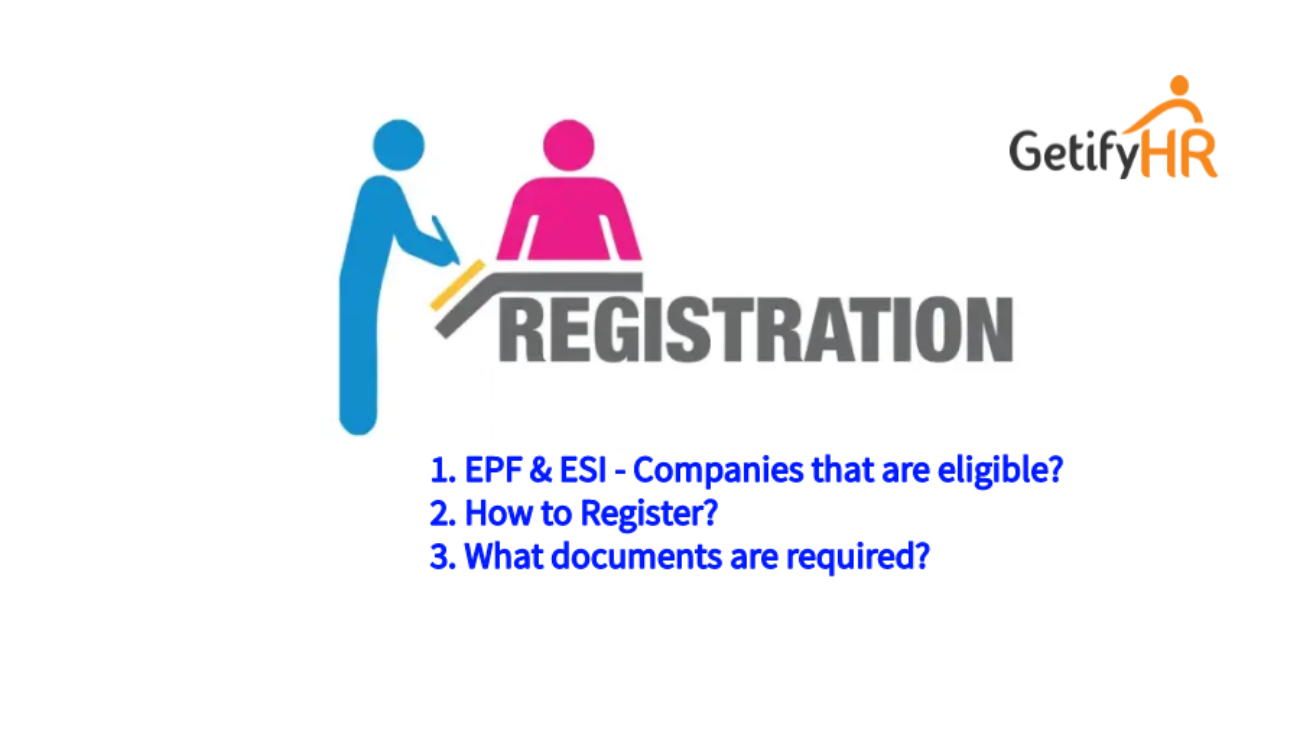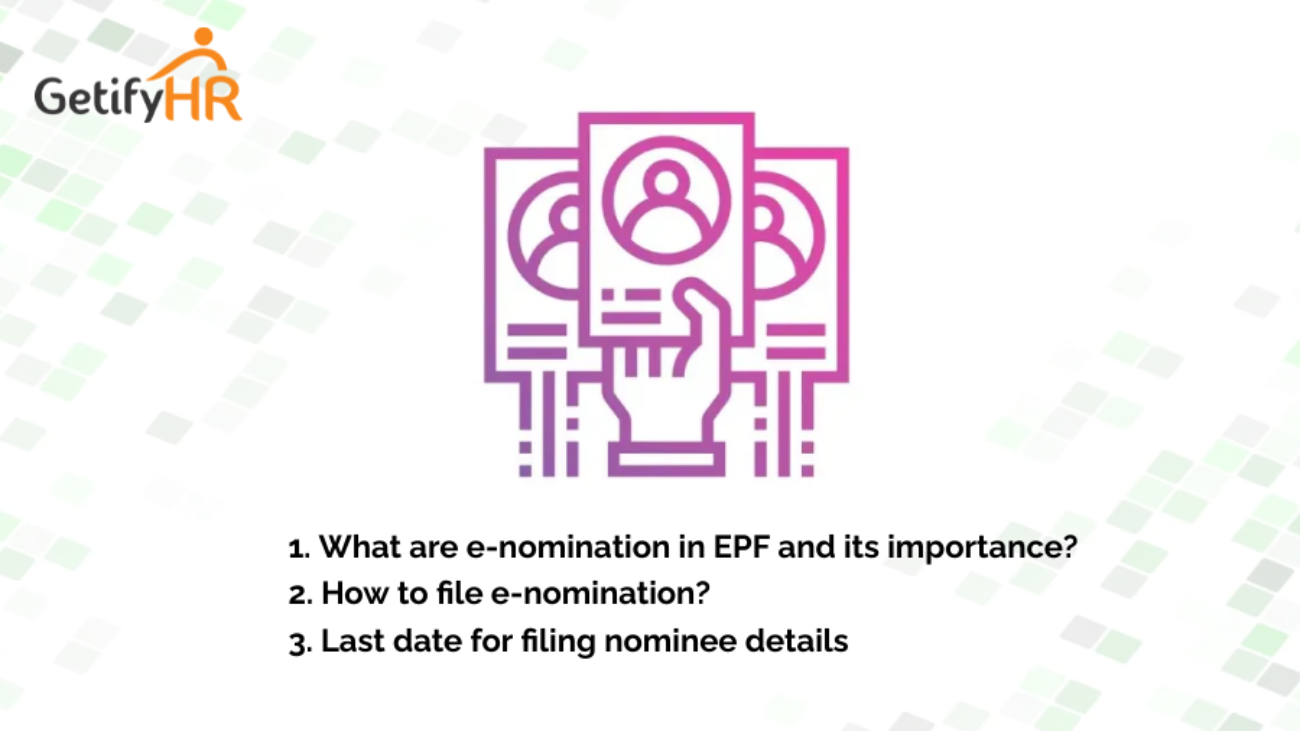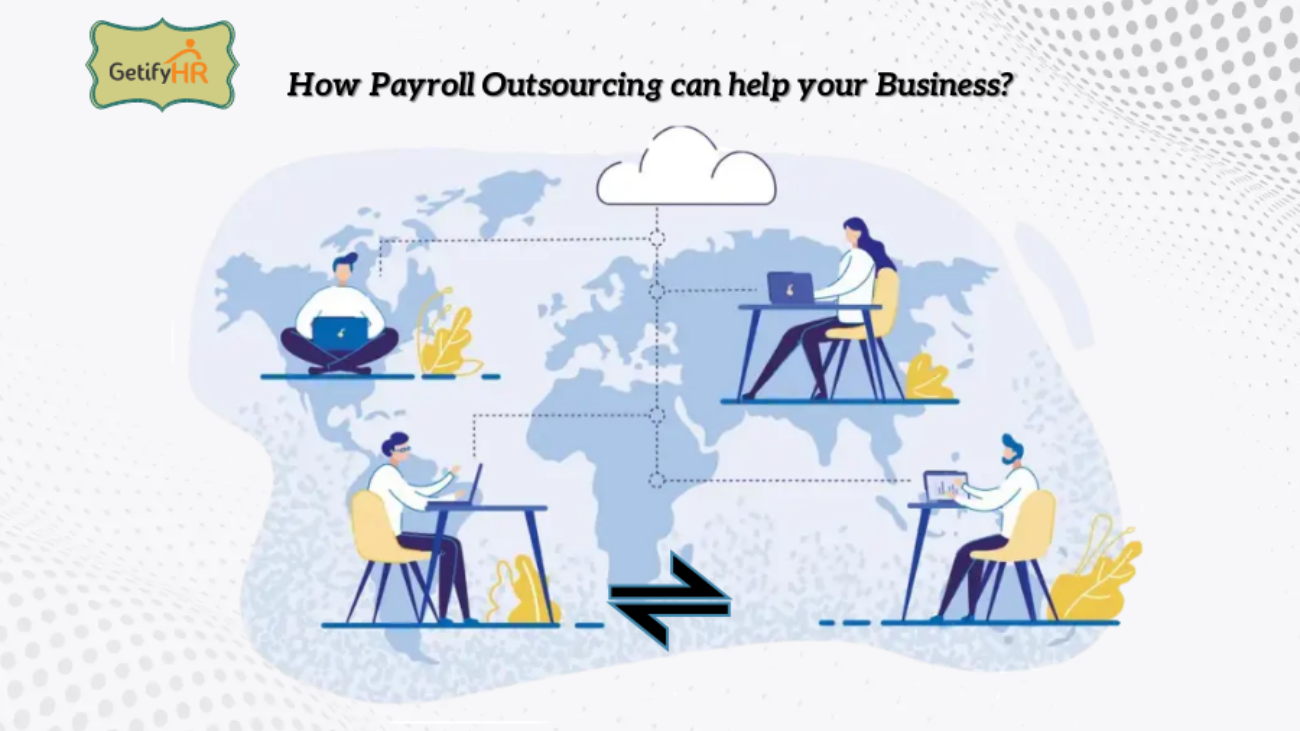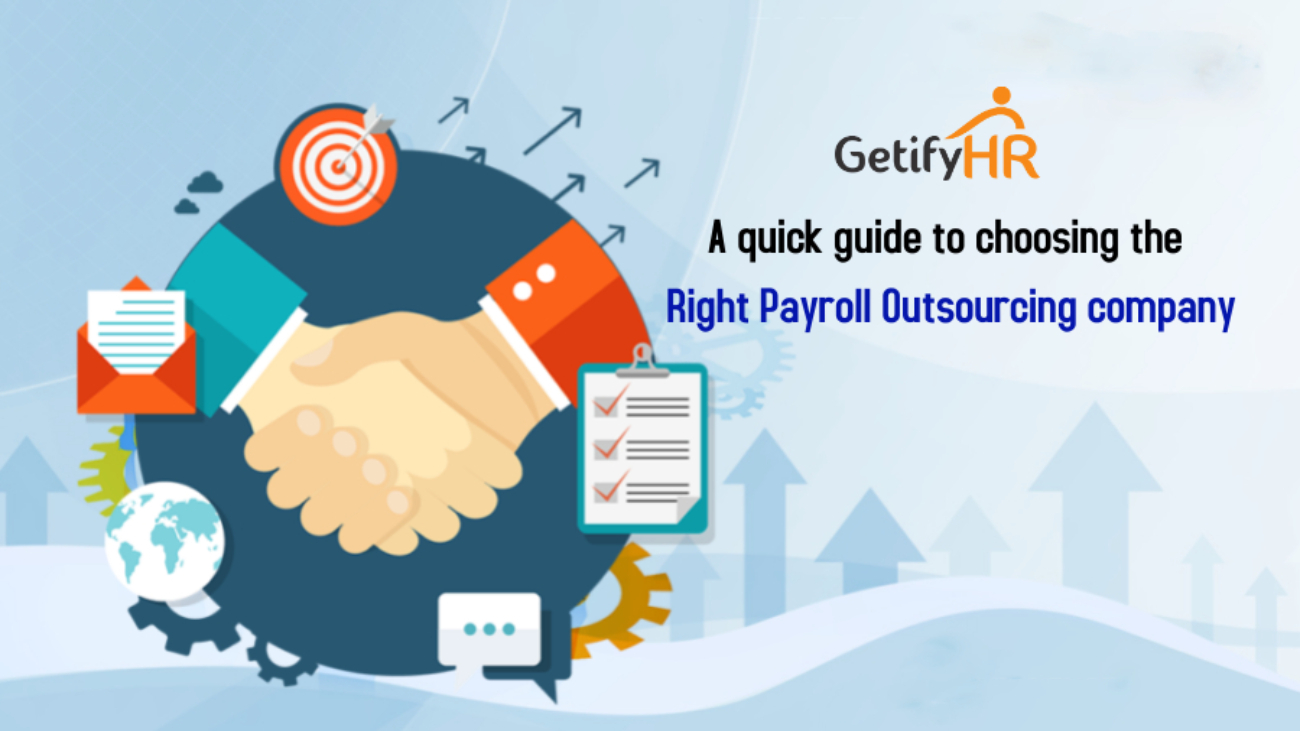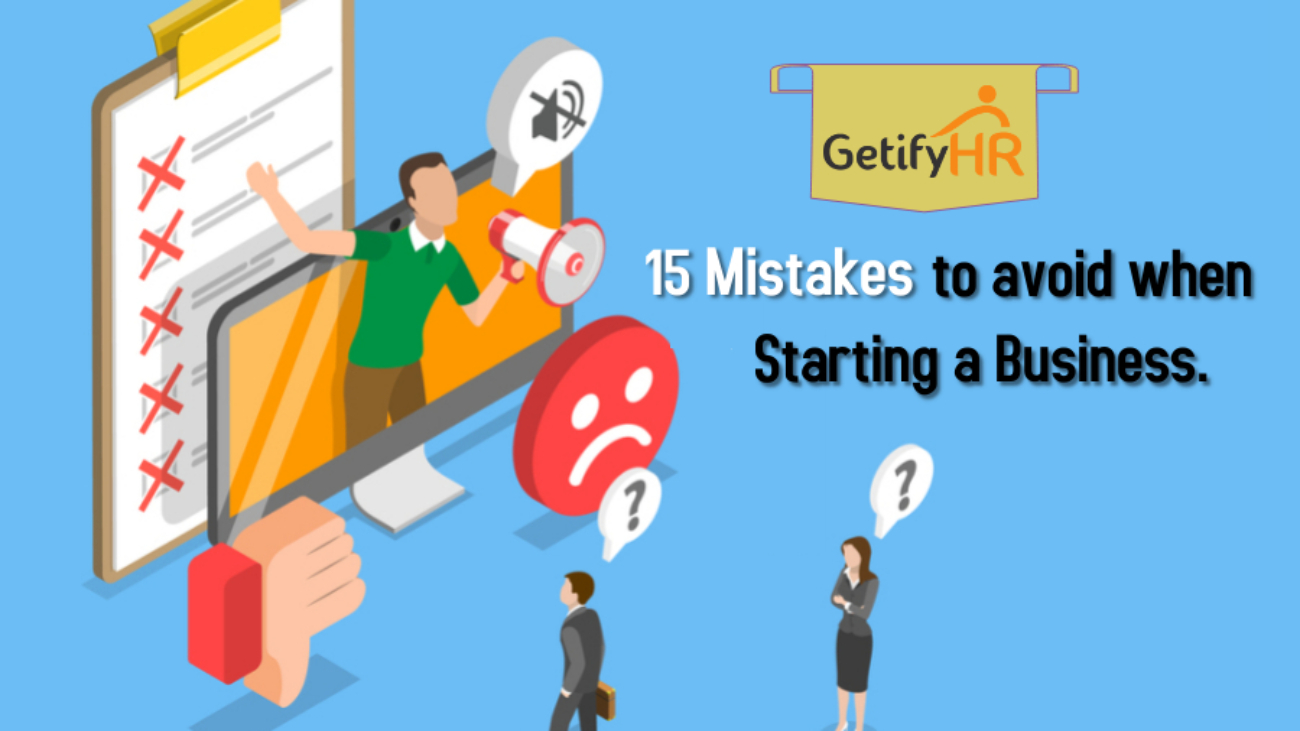Introduction:
The constitution of India ensures social-economic justice to the people and establishing of a Welfare State. The inequalities in the society were slowly being dismantled by regulations brought in by the government. One such regulation was to introduce a long-term savings scheme for employees, especially in the Private sector, that would support them in retirement or superannuation. This regulation is the Employees Provident Fund & Miscellaneous Provisions Act, 1952.
With the view to provide further security to the employees in times of adversity like ill-health or accidents, the government introduced the Employees State Insurance (ESI) scheme in the year 1948. Both these acts have gone a very long way in supporting the employees in the organized sector when they are out of job and in times of adversity.
The EPF Act
EPF Act: the EPF act ensures that all employees have to contribute a percentage of their basic salary to the EPF every month. An equal is contributed by the employer towards the fund. The amount so contributed would earn interest and can be withdrawn under certain conditions. The scheme is managed by the Employees Provident Fund Organization (EPFO).
Eligibility – for Employer
Any organization that has 20 or more employees is required to register with the EPFO and contribute towards EPF. However, subject to certain conditions even organizations employing less than 20 employees are permitted to register and contribute to the fund.
Eligibility – for Employee
Any employee drawing a monthly salary of less than ₹15,000/- has to compulsorily become a member of the EPF. If any employee drawing a monthly salary more than ₹15,000/- desires to become a member he may do so subject to getting the approval from the Asst. PF Commissioner and the Employer.
How to Register?
EPF Registration is mandatory for all organizations that meet the eligibility criteria of 20 or more employees. The registration must be obtained within one month of the attaining the minimum strength. Failure to register will attract penalties.
The registrations can be made offline or online through the official website of the Employees Provident Fund Organization. Online registration is an early process when you have all the required documents/information readily available, the registration form can be downloaded from www.epfindia.gov.in.
The following information has to be furnished:
Name and address of the Organization
Details of Head Office and Branches if any
Date of Incorporation/Registration of Firm
Details of ownership: Designation and address of Directors or Partners
PAN details
GST details
Contact details: email ID and mobile number of authorised person
Name of contact person, Address, Date of Birth, Gender, PAN, Designation and date of joining
In addition to these, details regarding the type of company have to be furnished.
For Proprietorship Firm
Registration of Firm with date of registration
Name of the Employer
PAN details
Identify proof
Address of the Proprietor (Official)
Address of the Proprietor (Residential)
Contact Number
For Co-operative Societies (Trusts/Societies)
Certificate of Incorporation
Memorandum of Association
Articles of Association
PAN
Address Proof
For Partnership Firm
Name and address
Identity proof of Partners
Certificate of Registration
Details of Partners
For Limited Liability Partnership firm (LLP)
Certificate of Incorporation
Identify proof of Directors
Details of all Directors
Address Proof and ID Proof of all Directors
Memorandum of Association
Article of Association
Other Businesses
If Factory, then the Factory license and date have to given
First Sale Bill
First Purchase Bill towards machinery
Bank name, account Number, IFSC, address
Salary details
Employee details
Number of employees employed, Gender, Type of work
Salary details
Documents Required for ESI Registration
- Company Pan Card (Scan Copy & Hard Copy)
- Partners/Directors Pan Card (Scan Copy & Hard Copy)
- Current Account Cancelled Cheque Leaf (Scan Copy & Hard Copy)
- Company Registration Copy (ROC / Partnership Deed)
- Partners Details (Name, DOB, Father Name, Partnership starting date)
- Employees Aadhaar Card Copy
- Employees Bank Passbook Copy
- Digital Signature of Authorized Signatory
- Specimen Signature
- EPF & ESI Application forms
- GST Registrations Copy
- Rental/Lease Agreement
Steps for Online Registration
Be prepared with all the required documents
Login to the EPF website @ epfindia.gov.in
Read the instructions thoroughly
Fill in the required information
A Digital Signature Certificate of the Authorised Signatory – Proprietor/Partner/Director
Verify their correctness and then submit the form online
Type in the CAPTCHA code and click on “GET PIN” option
Enter the PIN that you receive on your registered mobile or email ID
Click on the SUBMIT button
Download the PDF
Save and take a printout of the PDF
This has to be submitted to the EPF Office.
The ESI Act, 1948
The Employees State Insurance (ESI) scheme is a welfare scheme for the benefit of employees in the organized sector. The scheme was introduced by the Government under the ESI Act, 1948 with the objective of providing social-economic protection to employees during adverse situations brought on by ill-health or accidents. The funding for the scheme comes from the contribution from the employee and employer. Under this scheme, the employer contributes 3.25% of the monthly salary + dearness allowance, whereas the employees contribute only 0.75% of the salary. Any establishment employing more than 10 employees (20 in some states) have to register with the Employees State Insurance Corporation (ESIC), an autonomous body under the Ministry of Labour & Employment, Government of India.
Eligibility
Any organization that employs 10 or more (20 or more in some states) is required to register with the ESIC and contribute towards ESI. The Act however applies for both the employer and the employee. In case the wage of the employee is less than Rs:176/- per day then the employee is exempted from contributing to the fund. All employees whose salary does not exceed Rs:21,000/- are eligible to be beneficiaries to the scheme.
The ESI Act covers the following establishments:
- Shops, Road Transport organizations, Cinema Houses/Theatres, Newspaper Establishments, Non-seasonal Factories, Hospitals & Medical Institutions, Educational Institutions, Restaurants & Hotels. If any of these establishments employ 10 or more persons, they have to register with ESIC.
How to Register?
Registration can be manual or online. However, now the ESIC registration is fully online. The steps involved in online registration are given below:
Step 1: Here you have to login to the ESIC portal @ www.esic.in. Click on the “Employer Login” option on the home screen. On the next page click on “Signup” button and fill in the details called for and then submit the form.
Step 2: The employer will receive a confirmation mail to the email address and mobile number provided earlier at the time of sign-up. This email will contain the username and password details for registering as an employer under the scheme.
Step 3 : In this step you have to fill-up the Registration Form-1. For this you have to login to the ESIC portal and click on the “Employer Login” option and enter the User name and password received in your email or mobile. You will get redirected to the “New Employer Registration” option. Click on the option and you will be asked to select the “Type of Unit” from the dropdown list and click on the “Submit” button.
The Employer Registration Form_1 will appear on the screen and all the details required have to be filled in. The details include Employer details, establishment details, and employee details. Once this is completed, click on the “Submit” button.
Step 4 : In this step you have to make the Payment for Registration. Once the Registration Form is submitted, the “Payment of Advance Contribution” page will be open. Fill in the amount to be paid and select the payment mode. Payment of advance contribution for 6 months is required to be remitted.
Step 5 : This is where you will be sent a system generated “Registration Letter”. This will contain a 17 digit Registration Number and is a valid proof of registration of the employer under the ESI Scheme.
Documents Required for ESI Registration
The following documents have to be scanned and uploaded
- Company Pan Card (Scan Copy & Hard Copy)
- Partners/Directors Pan Card (Scan Copy & Hard Copy)
- Current Account Cancelled Cheque Leaf (Scan Copy & Hard Copy)
- Company Registration Copy (ROC / Partnership Deed)
- Partners Details (Name, DOB, Father Name, Partnership starting date)
- Employees Aadhaar Card Copy
- Employees Bank Passbook Copy (If Gross is below 21 thousand)
- Digital Signature of Authorized Signatory
- Specimen Signature
- EPF & ESI Application forms
- GST Registrations Copy
- Rental/Lease Agreement
These two Acts have provided the employees and their dependents in the organized sector solace during times of adversity like ill-health and accidents and when they are in retirement. They have been a great boon for such employees.

